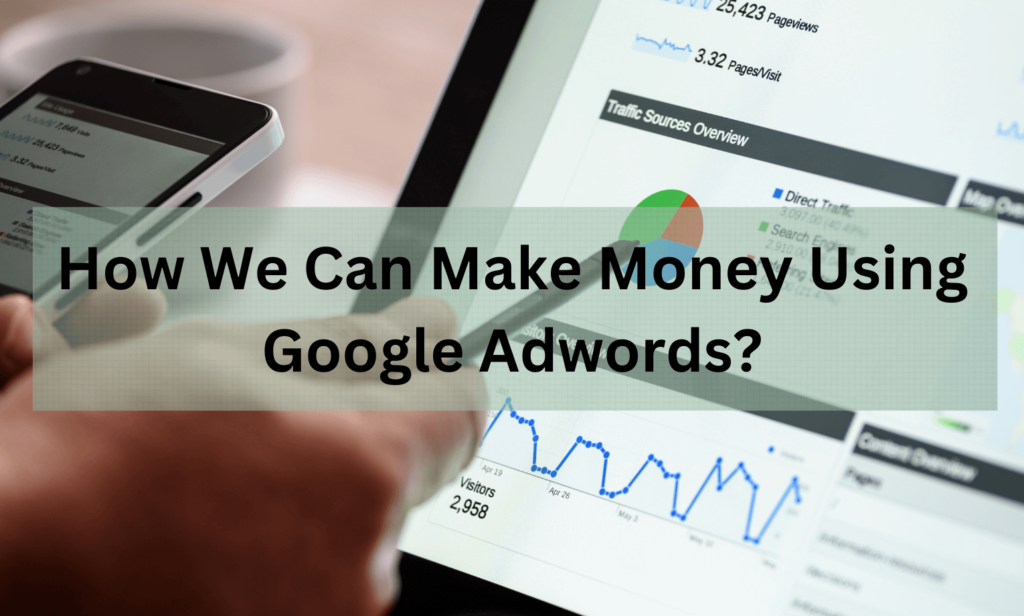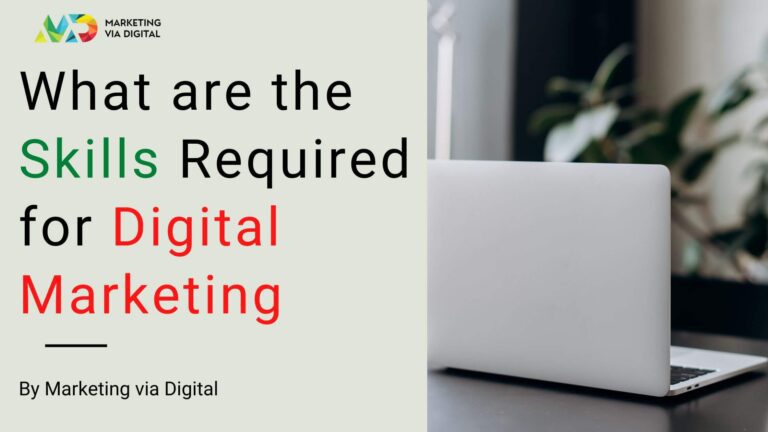Social media integration for e-commerce isn’t just about sharing your latest product on Instagram or replying to a few comments, it’s about building a bridge between your store and the platforms where your customers spend their time. If you run an online business, integrating social media with your e-commerce website can be one of the smartest ways to drive traffic, build trust, and boost sales.
Let’s walk through how it works, why it matters, and how you can make it work for your store.

What is Social Media Integration for E-Commerce?
Social media integration for e-commerce simply means connecting your online store to platforms like Facebook, Instagram, TikTok, and Pinterest. This lets you do things like:
- Tag products in Instagram posts
- Run Facebook ads that lead directly to your product pages
- Let shoppers buy directly from a TikTok video
- Show your Instagram feed on your homepage
And the best part? You’re meeting people where they already are on their favorite apps, scrolling through content. Instead of waiting for them to find your website, you show up right in their feed with a link to buy.
Whether you use Shopify, WooCommerce, Wix, or any other platform, there are plenty of plugins and built-in options to help you integrate easily.
Why Social Media for Online Stores Is a Game-Changer
Let’s be honest: today’s shoppers want more than just a product. They want connection. They want to trust the brand before they spend their money. That’s where social media for online stores becomes a powerful tool.
Here’s what it helps you do:
- Build relationships: People can comment, ask questions, or even share their experience with your product all in real-time.
- Get noticed: Every like, share, or tag exposes your store to new potential customers.
- Boost credibility: Seeing other real people using your product creates instant trust.
- Stay top of mind: Regular content keeps your store in front of your followers.
A skincare brand posting customer reviews as reels, or a local apparel store hosting Instagram Lives to show off their new collection, these aren’t fancy marketing tricks. They’re simple, effective ways to build a community around your brand.
Top Ways to Increase Online Sales Through Social Media
If you’re wondering how to increase online sales through social media, here are a few solid strategies that work for stores of all sizes:
1. Create Shoppable Posts
Instagram and Facebook let you tag products in posts, reels, and stories. That means a customer can see a product and buy it instantly, no need to leave the app.
2. Collaborate with Influencers
Even micro-influencers (with just 5,000–10,000 followers) can help get your products in front of the right people. Their followers trust them, and a simple product shoutout can lead to sales.
3. Run Targeted Ads
With tools like Meta Ads Manager, you can show your products to users based on interests, behaviors, and even past website visits. It’s a great way to remind potential buyers who didn’t complete a purchase.
4. Launch Giveaways and Contests
Want quick visibility and engagement? Run a giveaway. Ask users to follow your page, tag a friend, and share the post. You’ll get more eyeballs and often, new customers.
When done right, these actions create momentum and help you attract not just traffic but actual buyers.
Social Media Integration for E-Commerce: Tools and Plugins That Work
There are plenty of tools out there to help you manage social media integration for e-commerce without pulling your hair out. Here are a few worth checking out:
- Meta Pixel (formerly Facebook Pixel): Helps track user actions on your website and makes your ads more effective.
- Instagram Feed by Smash Balloon (WordPress): Displays your Insta feed on your site, giving it a fresh, social feel.
- TikTok Shop & Pixel: Let customers buy directly on TikTok, and track what they do after clicking.
- Buffer or Later: These platforms help you schedule posts, analyze performance, and manage all your accounts from one dashboard.
These tools aren’t just “nice to have”, they’re what make integration smooth, efficient, and measurable.
E-Commerce Website Marketing: Best Practices to Get It Right
If you’re serious about e-commerce website marketing, there are a few foundational things to get right:
- Keep your branding consistent: Same logo, colors, and tone across your website and socials. It builds recognition.
- Optimize for mobile: Most users will visit your site from their phones, so make sure it loads quickly and looks great.
- Use video and reels: Short videos tend to perform way better than static posts. Show your product in action, behind the scenes, or share a quick how-to.
- Be responsive: Whether it’s a DM on Instagram or a question in the comments, timely replies show customers that you care.
The smoother your customer journey, the higher your chances of turning a click into a sale.
Case Study: How Brands Boosted Sales Using Social Media Integration
Let’s take a real example. A Delhi-based fashion brand selling handcrafted bags decided to connect their Shopify store with Instagram Shopping.
Here’s what they did:
- Tagged every product in their posts and stories
- Used customer photos and videos in their feed
- Ran two influencer collaborations
The results?
- Their traffic doubled within 45 days
- Sales from Instagram went up by 60%
- Their follower count grew organically without spending a rupee on ads
This isn’t magic. It’s smart, strategic use of social media where your audience already hangs out.
Common Mistakes to Avoid While Using Social Media for Online Stores
No matter how great your product is, these mistakes can hurt your growth:
- Posting inconsistently: You don’t have to post daily, but set a schedule and stick to it.
- Being too salesy: People follow brands for inspiration, value, and connection—not just product promos.
- Ignoring DMs or comments: Every unanswered message is a missed opportunity to build trust.
- Not tracking performance: If you don’t measure, you can’t improve. Use tools to see what’s working and what’s not.
Stay consistent, engage genuinely, and focus on building relationships, not just selling.
How to Create a Sales Funnel Using Social Media for E-Commerce
Think of social media as the top of your sales funnel. It brings in attention, and your job is to guide that attention toward a sale.
Here’s how it typically works:
- Awareness: A reel goes viral or a friend tags someone in your post.
- Interest: They visit your profile, watch your stories, or browse your feed.
- Desire: You post customer testimonials, behind-the-scenes videos, or product benefits.
- Action: They click the link in your bio or buy directly from a shoppable post.
- Loyalty: You follow up with an email, a thank-you DM, or exclusive content.
When done right, this funnel doesn’t just drive sales, it builds a community around your brand.
Ready to Boost Your E-Commerce Sales with Smart Social Media Integration?
You don’t need a huge team or fancy tools to make it work, you just need the right strategy and consistency.
At Marketing Via Digital, we help businesses like yours connect the dots between content and conversion. Whether it’s setting up Instagram Shopping, running Facebook ads, or building a social-first funnel, we’re here to support your growth.
Let’s grow your brand today – Visit marketingviadigital.com or call us now.
FAQs
- How does social media integration for e-commerce drive more traffic to my website?
It turns your social posts into gateways to your store. Each tag, swipe-up, or link-in-bio directs followers to product pages, increasing your chances of conversions.
- What platforms work best for e-commerce website marketing?
Instagram and Facebook are top choices for visuals and shoppable features. TikTok is great for viral reach, especially if you target Gen Z. Pinterest works wonders for decor, fashion, and DIY brands.
- Can social media for online stores help improve customer loyalty?
Absolutely. Sharing customer photos, replying to comments, and offering exclusive content on socials builds trust and keeps buyers coming back.
- How do I measure the ROI when I increase online sales through social media?
Use Meta Pixel, Google Analytics, or your e-commerce platform’s analytics dashboard. Track traffic sources, conversion rates, and average order values from social channels.
- Is it expensive to set up social media integration for e-commerce websites?
Not really. Most integrations are free or low-cost. The real investment is your time creating content, engaging with your audience, and staying consistent.
Related Searches
Top 10 Website Development Expert In Delhi
Top 10 Website Designing Expert In Delhi
Top 10 WordPress Website Development Services In Delhi
Top 10 Responsive Website Development Services in Delhi









